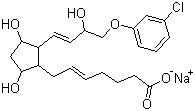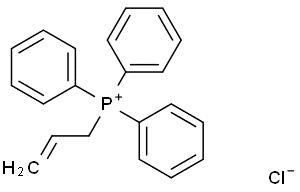1-Octyn-3-ol(CAS# 818-72-4)
| Hazard Symbols | Xn – Harmful |
| Risk Codes | R22 – Harmful if swallowed R36/37/38 – Irritating to eyes, respiratory system and skin. R20/21/22 – Harmful by inhalation, in contact with skin and if swallowed. |
| Safety Description | S36/37 – Wear suitable protective clothing and gloves. S37/39 – Wear suitable gloves and eye/face protection S26 – In case of contact with eyes, rinse immediately with plenty of water and seek medical advice. S36 – Wear suitable protective clothing. |
| UN IDs | 2810 |
| WGK Germany | 3 |
| RTECS | RI2737000 |
| FLUKA BRAND F CODES | 9-23 |
| TSCA | Yes |
| HS Code | 29052990 |
| Hazard Class | 6.1(b) |
| Packing Group | III |
| Toxicity | LD50 orl-mus: 460 mg/kg THERAP 11,692,56 |
Introduction
1-octyne-3-ol (1-octyne-3-ol) is an organic compound. The following is a detailed description of its nature, use, preparation method and safety information:
Quality:
1-Octynyl-3-ol is a colorless liquid with a pungent odor. It is soluble in organic solvents such as ethanol, chloroform, and dimethylformamide.
Use:
1-Octyn-3-ol has a wide range of applications in organic synthesis. It can also be used to prepare high-efficiency dye-sensitized solar cells as well as catalysts for other organic synthesis reactions.
Method:
1-Octyn-3-ol can be synthesized by a variety of methods. A common method is to react 1-bromooctane with acetylene to produce 1-octyne-3-bromo. Then, by the action of sodium hydroxide, 1-octyno-3-bromide is converted to 1-octyno-3-ol.
Safety Information:
1-Octynyl-3-ol is an irritating compound and should be handled with gloves and goggles to avoid contact with skin or eyes. The vapor is also irritating to the respiratory tract and needs to be well ventilated during operation. It is also combustible and should not come into contact with fire. When in use or storage, place it in an airtight container and away from heat and flames.








